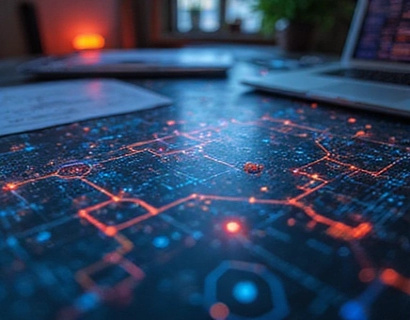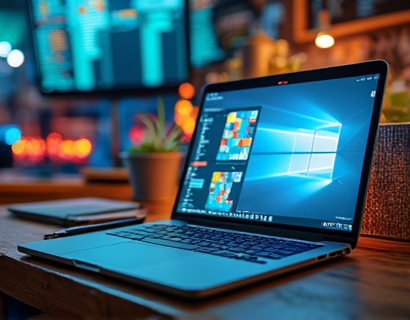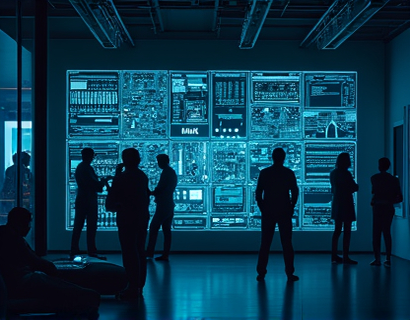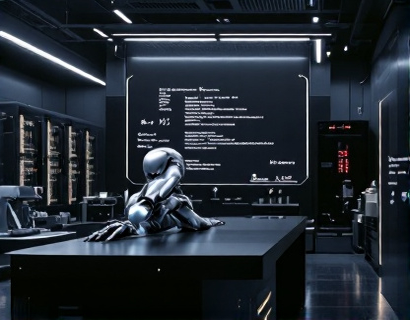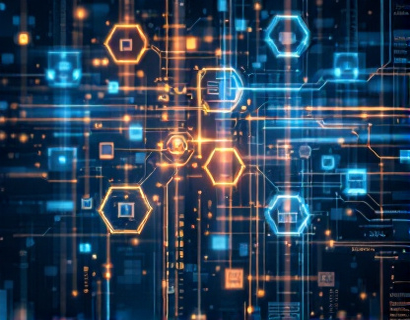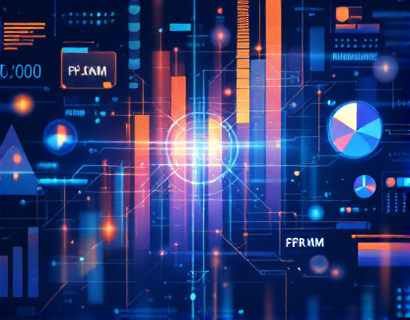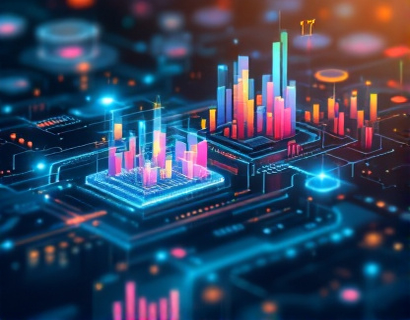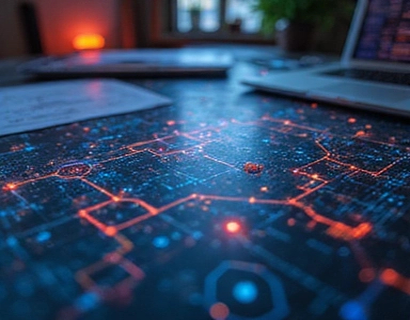Revolutionizing Digital Engagement: The Synergy of Crypto and AI
The intersection of blockchain technology and artificial intelligence (AI) is ushering in a new era of digital engagement, promising to transform how we interact with technology and each other. This convergence is not just a technological advancement but a paradigm shift that is redefining the boundaries of app innovation and user experience. As we delve into this topic, it's essential to understand the foundational aspects of both blockchain and AI, and how their integration is creating unprecedented opportunities for tech enthusiasts and early adopters.
Understanding Blockchain and AI
Blockchain technology, at its core, is a decentralized ledger that records transactions across multiple computers in such a way that the registered transactions cannot be altered retroactively. This technology ensures transparency, security, and immutability, making it ideal for applications that require trust and verification without intermediaries. On the other hand, AI involves the simulation of human intelligence processes by machines, particularly computer systems. These processes include learning (the acquisition of information and rules for using it), reasoning (using rules to reach approximate or definite conclusions), and self-correction.
The integration of these two technologies leverages the strengths of each, creating a powerful synergy. Blockchain provides a secure and transparent environment for AI algorithms to operate, ensuring that data integrity is maintained and that the systems are resistant to tampering. Conversely, AI enhances the functionality of blockchain by optimizing processes, predicting trends, and automating complex tasks, thereby increasing efficiency and user engagement.
The Transformative Impact on User Engagement
The combination of blockchain and AI is revolutionizing user engagement by creating more interactive, personalized, and secure digital experiences. Traditional user engagement strategies often rely on centralized data repositories, which can be vulnerable to breaches and manipulation. By utilizing blockchain, these systems can be decentralized, ensuring that user data is secure and that interactions are transparent. AI, on the other hand, can analyze vast amounts of data to understand user preferences and behaviors, enabling highly personalized experiences that keep users engaged and loyal.
For instance, in the realm of social media, a platform that integrates blockchain and AI can offer users a more private and controlled environment. Blockchain ensures that user data is not misused and that interactions are verifiable, while AI can curate content based on individual preferences, creating a more relevant and engaging experience. This dual approach not only enhances user satisfaction but also builds trust, a critical factor in maintaining user retention.
Enhancing App Innovation
The integration of blockchain and AI is also driving innovation in app development. Developers can now create applications that are not only more secure and efficient but also capable of learning and adapting to user needs in real-time. Smart contracts, a key feature of blockchain, can be programmed to execute automatically when certain conditions are met, reducing the need for intermediaries and streamlining processes. AI can further enhance these smart contracts by providing predictive analytics and automated decision-making, making apps more intelligent and responsive.
Consider the finance sector, where blockchain-based apps can offer decentralized financial services (DeFi) that are more transparent and accessible. AI can optimize these services by analyzing market trends, predicting price movements, and automating trades. This combination not only reduces costs and increases efficiency but also opens up new possibilities for financial inclusion, allowing users in underserved regions to access financial services seamlessly.
Driving Growth in the Tech Ecosystem
The synergy of blockchain and AI is not only transforming individual applications but is also driving growth across the entire tech ecosystem. By fostering a more secure, transparent, and intelligent environment, these technologies are attracting a new wave of innovators and investors. Startups and established companies alike are recognizing the potential of this integration, leading to increased investment and development in related fields.
Moreover, the creation of decentralized platforms powered by blockchain and AI is democratizing access to technology. These platforms reduce the barriers to entry, allowing more developers and businesses to participate in the tech ecosystem. This democratization fosters a more diverse and dynamic environment, driving innovation and growth from multiple angles.
Challenges and Considerations
Despite the numerous benefits, the integration of blockchain and AI is not without challenges. One of the primary concerns is scalability. Blockchain networks, particularly those using proof-of-work consensus mechanisms, can struggle with high transaction volumes, leading to slower processing times and higher costs. AI, while powerful, requires significant computational resources, which can exacerbate these scalability issues. However, advancements in blockchain technology, such as layer 2 solutions and proof-of-stake mechanisms, are addressing these concerns, making systems more efficient and scalable.
Another consideration is the regulatory landscape. As these technologies evolve, governments and regulatory bodies are beginning to take notice, leading to the development of new regulations. While regulation is necessary to protect users and ensure fair practices, it can also pose challenges for innovators. Staying informed and compliant with evolving regulations is crucial for any entity looking to leverage blockchain and AI.
Future Prospects
The future of digital engagement through the integration of blockchain and AI is promising. As technology continues to advance, we can expect even more sophisticated applications that further enhance user experiences. For example, the development of decentralized autonomous organizations (DAOs) powered by AI could redefine how communities govern themselves, making decision-making processes more transparent and inclusive. In the healthcare sector, blockchain and AI can work together to create secure and efficient systems for managing patient data, improving diagnostics, and personalizing treatment plans.
Additionally, the rise of the metaverse, a virtual reality space where users can interact and engage in various activities, is another area where blockchain and AI will play a pivotal role. These technologies can ensure secure transactions, verify identities, and create immersive and personalized experiences within the metaverse, opening up new frontiers for entertainment, education, and commerce.
Conclusion
The convergence of blockchain and AI is not just a technological trend but a fundamental shift in how we approach digital interactions. By combining the security and transparency of blockchain with the intelligence and adaptability of AI, we are unlocking new possibilities for app innovation and user engagement. This synergy is driving growth, fostering innovation, and creating a more inclusive tech ecosystem. As we continue to explore and harness the potential of these technologies, the future of digital engagement looks brighter and more promising than ever.







